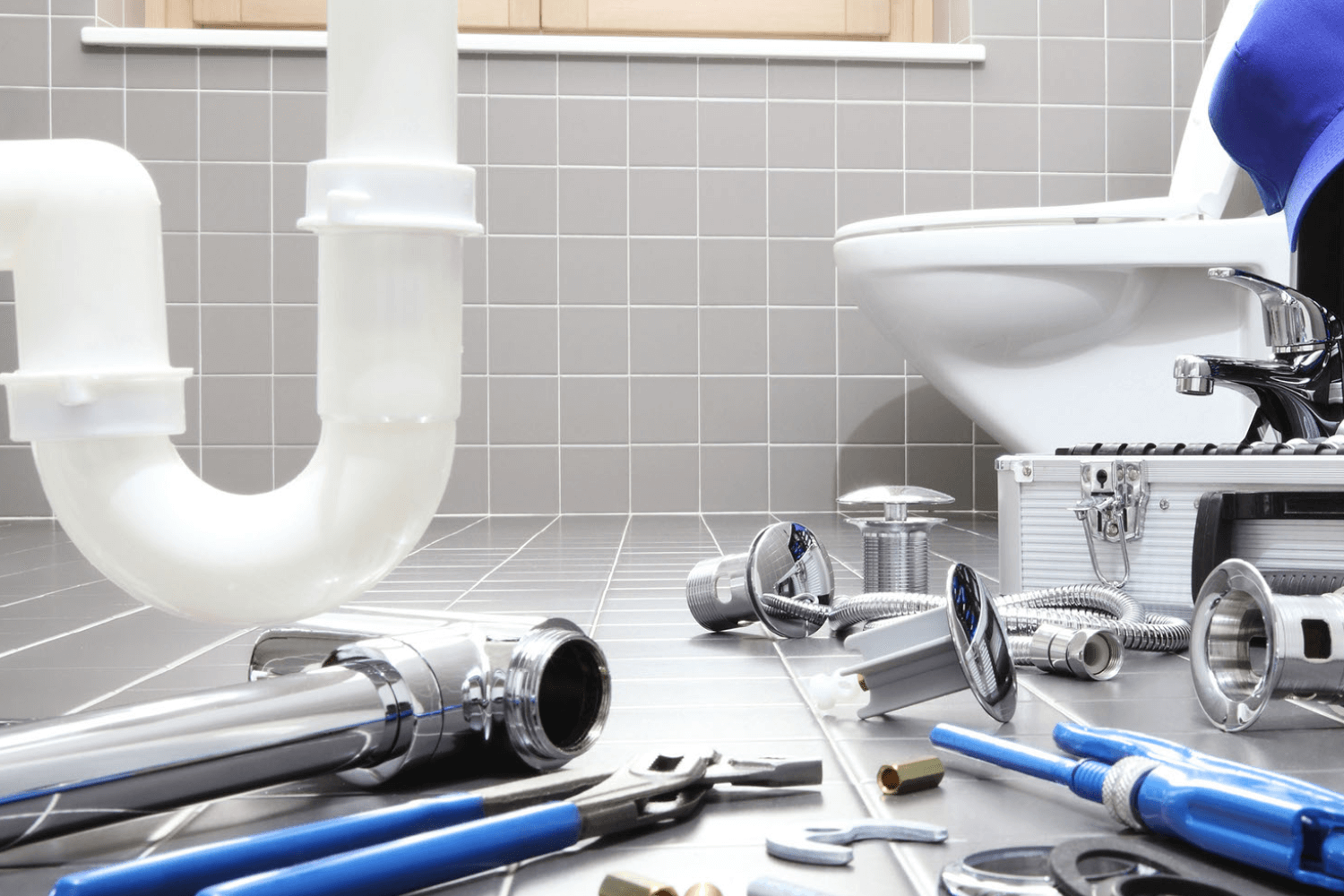
A Comprehensive Guide to Plumbing For Bathrooms
Bathrooms are the lifeblood of any home. These spaces, as humble as they are, demand a complex network of plumbing systems to run smoothly. Whether you're designing a new bathroom or renovating an existing one, understanding the basics of bathroom plumbing can save you a lot of time and hassle. In this post from the Wagner blog, we aim to simplify and explain the basics of your bathroom's plumbing system, helping you understand what goes on behind the scenes.
Shower & Bath
The shower and bath area involves both supply and drainage plumbing. Supply plumbing, usually made of copper or PEX (cross-linked polyethylene) pipes, brings hot and cold water to the faucet or showerhead. Hot water typically comes from a water heater while cold water is directly from your municipal supply.
Shower and bath faucets vary, ranging from single-handle systems to those with separate controls for hot and cold water. These faucets control the water flow rate and temperature by adjusting the amount of hot and cold water mixed.
The drainage system, typically using PVC (polyvinyl chloride) or ABS (acrylonitrile butadiene styrene) pipes, carries used water and waste away. The diameter of these pipes needs to be sufficient to handle the water flow, usually around 1.5 to 2 inches. Also, drainage systems must be correctly vented and sloped to ensure smooth water flow and prevent backflow or clogging.
Toilets & Bidets
The toilet is another integral part of the bathroom plumbing system. Two separate systems, supply, and waste, work together to ensure your toilet functions properly.
The supply system brings fresh water into the toilet tank each time you flush. This water, stored in the tank, is used to wash waste down the drain during flushing. The float mechanism in the tank controls the water level, stopping the inflow once it reaches a certain level.
The waste system is a bit more complex. When you flush the toilet, the water from the tank rushes into the toilet bowl, pushing waste into the sewer line through a larger (typically 3-4 inches in diameter) drain pipe. This waste system also requires proper venting to maintain atmospheric pressure and prevent sewer gasses from entering your home.
Bidets, on the other hand, have plumbing akin to a sink. They have a faucet that mixes hot and cold water, and a drain pipe that removes used water.
Sinks
The sink includes both a supply and a drain system. Supply lines, generally of smaller diameters than those used for showers, baths, or toilets, deliver hot and cold water to the faucet. Faucets come in a variety of styles, with either single or dual handles to control water temperature and flow rate.
The drain system of a sink typically includes a P-trap, a pipe shaped like a letter "P" lying on its side. The P-trap retains a small amount of water, forming a barrier to prevent sewer gasses from coming back into the bathroom.
Drains
Each of the above components is connected to the home's main drainage system. These individual drain lines converge into a larger main drain that exits the home and connects to the sewer line or septic tank.
Drainage systems require venting to ensure water flows out smoothly. Vents are typically routed through the roof and allow sewer gasses to escape outside. They also help to equalize pressure within the drain system, facilitating proper water flow.
In addition, every drainage system should have a slope or gradient to ensure water flows in the desired direction. In most regions, the rule of thumb is a quarter inch of slope per foot of pipe, but this can vary based on local building codes.
For Trusted Plumbers in Albuquerque, New Mexico, Choose Wagner
The plumbing for bathrooms is a fascinating combination of different subsystems, each designed with precision to ensure seamless operation. It includes a complex network of supply lines that deliver clean, temperature-controlled water to various fixtures in your bathroom, and equally important, a drainage system that efficiently whisks away waste and used water. The installation and ongoing maintenance of these systems are absolutely essential for the continued efficient operation of your bathroom.
While it may seem like a daunting maze of pipes and fittings, understanding these systems can empower homeowners to make informed decisions about upgrades, repairs, and maintenance. Knowledge about your home’s plumbing can also help you spot potential issues early, preventing small problems from escalating into costly repairs.
However, some tasks should be left to professionals. If you ever face problems with your bathroom plumbing, from minor issues such as leaky faucets to major concerns such as blocked drains or faulty water heaters, don't hesitate to reach out to the experts at Wagner. Located in Albuquerque, New Mexico, Wagner provides top-notch plumbing installation and repair services. Our team of certified and experienced professionals is dedicated to delivering high-quality workmanship and exceptional customer service. Whether it's a minor repair or a major renovation project, we have the skills, knowledge, and experience to handle it all. To learn more about our bathroom plumbing services in Albuquerque, contact us today online or over the phone.




.webp)


